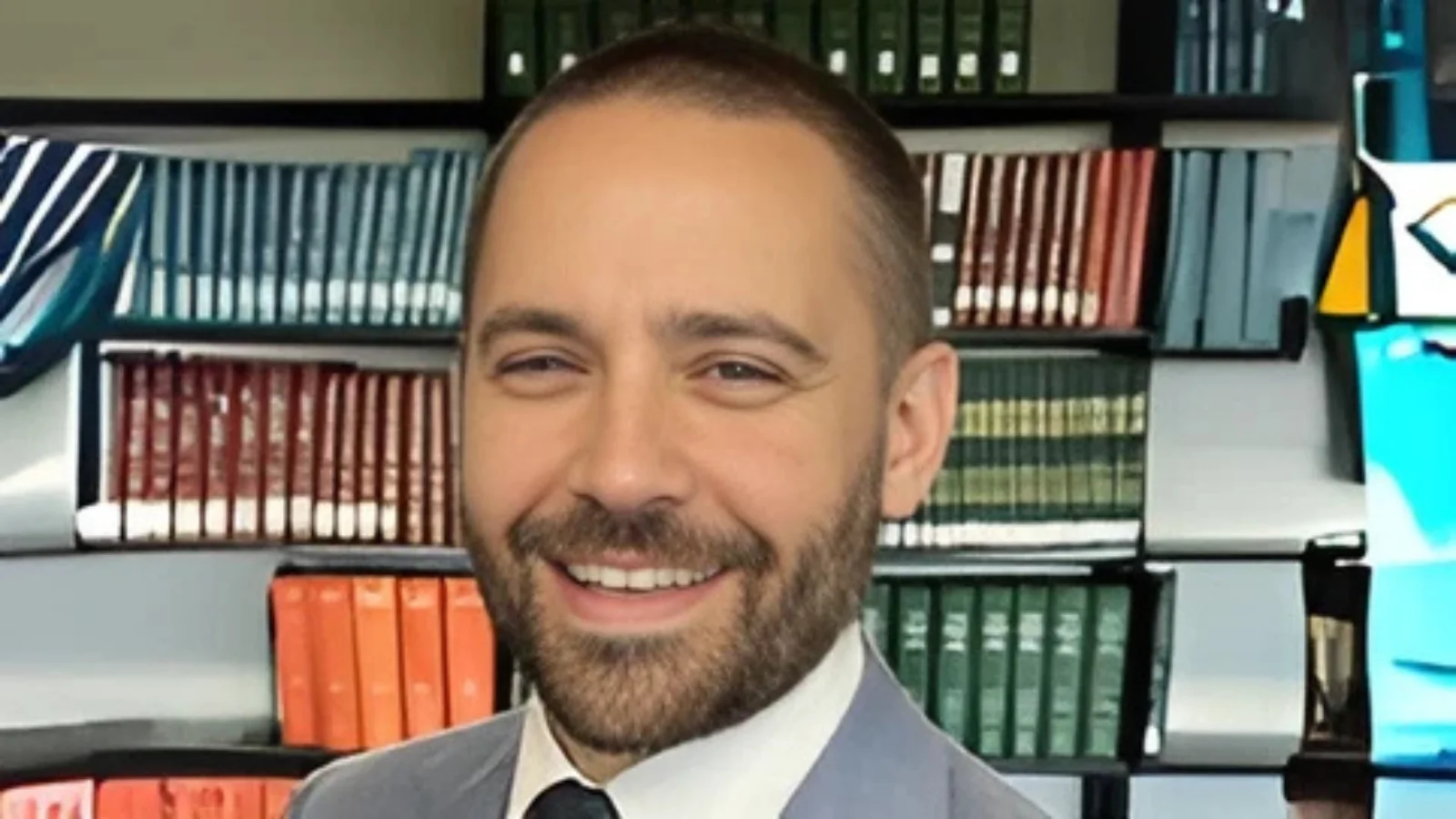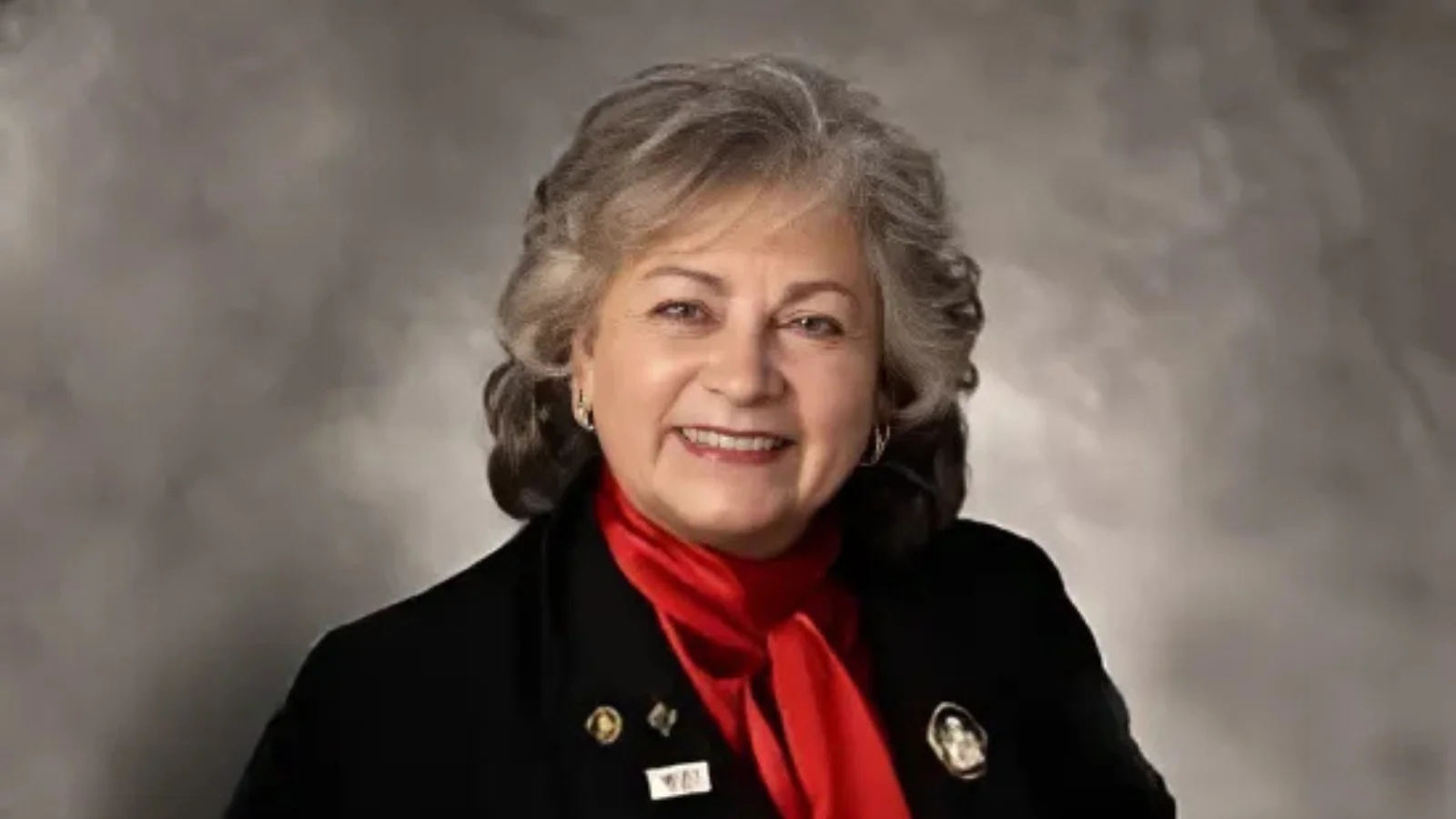
Martin J. LaFalce, Associate Professor of Clinical Legal Education Director, Defense and Advocacy Clinic | St. John's University-New York
Students at St. John’s University School of Law’s Defense and Advocacy Clinic recently played a key role in having charges dismissed against a client, identified as Ramona*, after presenting evidence that contradicted the prosecution's case. The students, Nathalie Amazan and Cassie Khan, used cell site location information and call records to demonstrate that Ramona was not present at the scene where her 13-year-old niece alleged she had threatened her with a knife. They also provided documentation showing Ramona had experienced abuse by her husband and had previously reported it to authorities.
The Assistant District Attorney decided to dismiss the case based on the evidence presented by the clinic students. This decision helped Ramona avoid potential consequences related to immigration, family court, and employment, while supporting her efforts to leave an abusive relationship.
Professor Martin J. LaFalce, director of the Defense and Advocacy Clinic, commented on changes in New York’s criminal discovery laws: “It was a ‘Blindfold Law’ that created absurd outcomes,” LaFalce said. “Some defendants never knew the name of their accuser, much less the substance of evidence against them. It made it virtually impossible for defense attorneys to conduct meaningful investigations, make informed decisions about plea offers, track down exculpatory information, and develop strategies before trial.”
Criminal discovery reforms introduced in 2020 now require prosecutors in New York to provide most evidence early in legal proceedings. According to LaFalce: “The law has transformed New York’s criminal system. It’s been rolled back several times, but core provisions remain intact. Our clients now receive evidence early enough in their cases that it can make a real difference in our investigations, decision making, and efforts to achieve reasonable outcomes.”
Reflecting on their work together on Ramona's case, Khan said: “Ramona’s case was about the discovery. It could have very well ended a different way if it weren’t for the 2020 reforms.” The students found inconsistencies in accounts from Ramona’s niece and reviewed police body camera footage they believed suggested a falsified complaint. Working with Legal Aid, they subpoenaed cell site records which supported their defense strategy.
Amazan described her experience: “Throughout, Cassie and I were Ramona’s primary point of contact,” she said. “We regularly stayed in contact with her to answer any questions she had. We wrote a motion, did legal research, reviewed discovery, appeared in court, and even assisted her with the collateral consequences of her criminal case. I’ll bring that practical experience, self-confidence, and inspiration to my future work in the field, knowing that I have the capacity to be someone’s defense counsel and that, with a dedicated team, our advocacy can go a long way for those who get caught up in the system.”
Khan added: “Ramona reminded me of myself: a young brown woman, an immigrant,” she said. “What happened to her can happen to anyone, including me. At any point, you can have an interaction with our criminal system. I would want strong representation, and providing that for Ramona meant a lot to me. Most importantly, she got to tell her story, the evidence prevailed, and I was part of that process. I’m proud of what we accomplished—and grateful that we made a real difference in Ramona’s life.”
*“Ramona” is not the client's real name; it is used here at her request due to concerns over privacy as a survivor of domestic violence.





 Alerts Sign-up
Alerts Sign-up